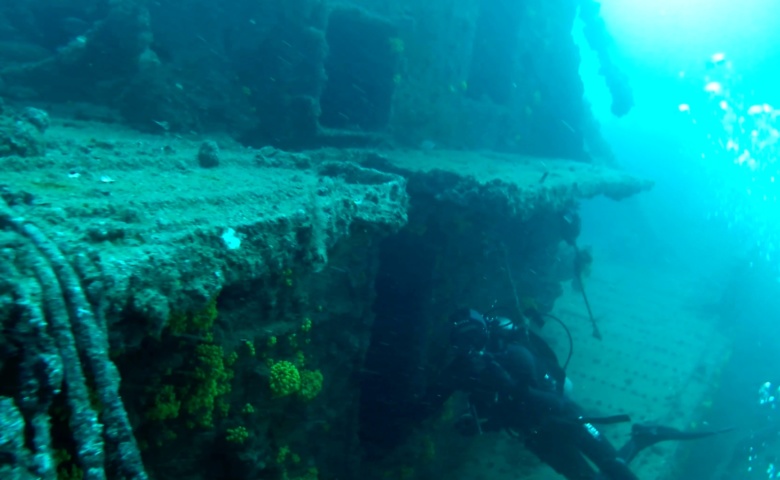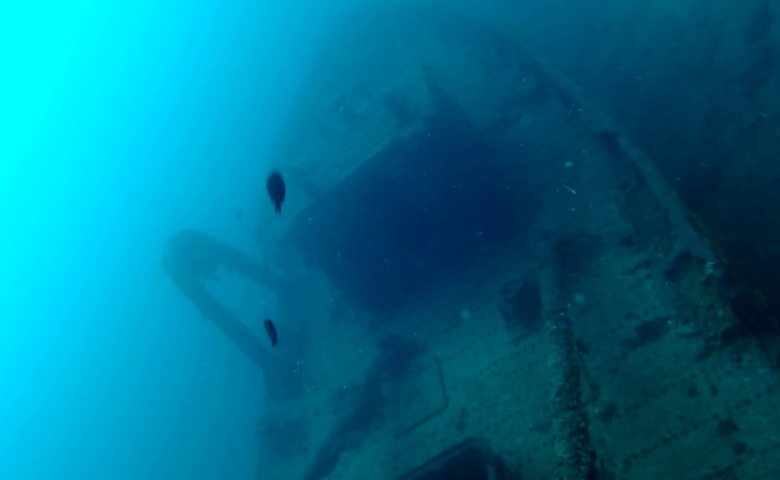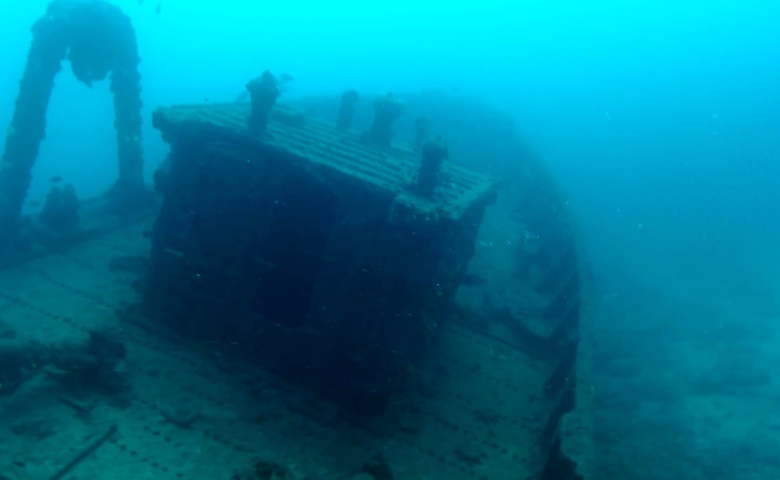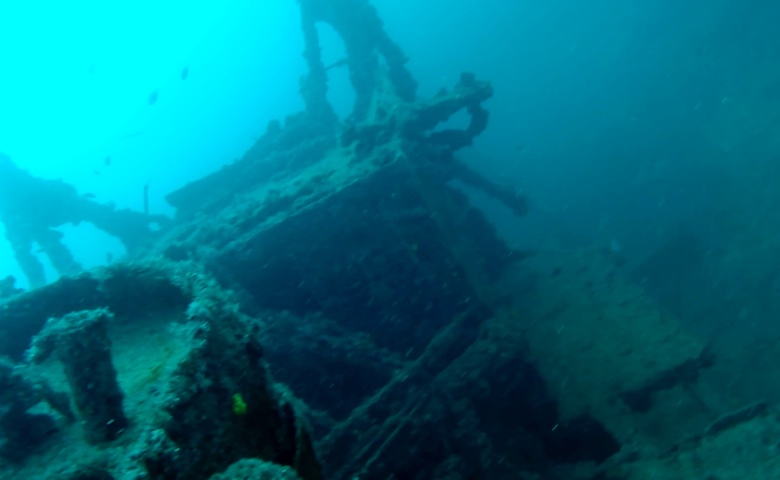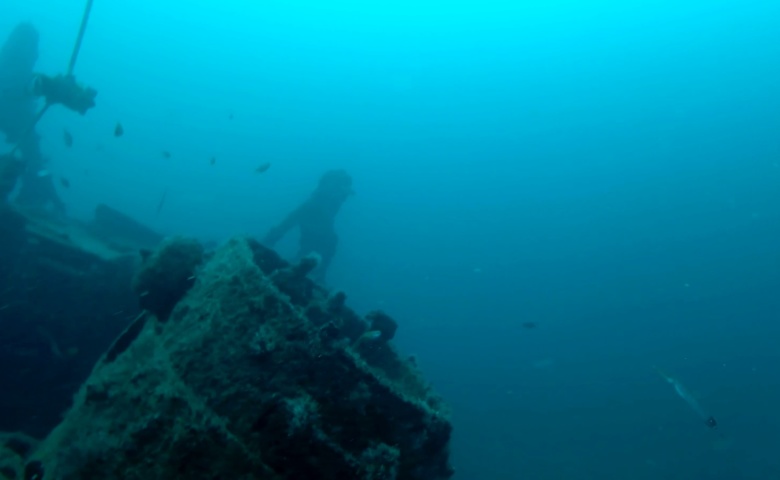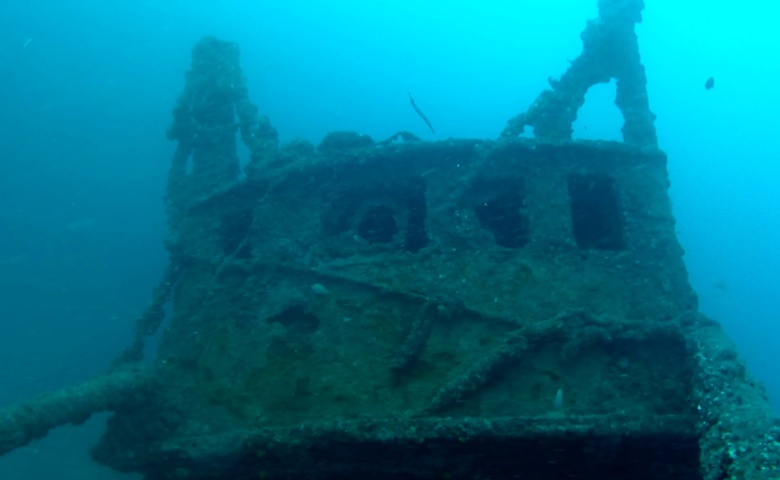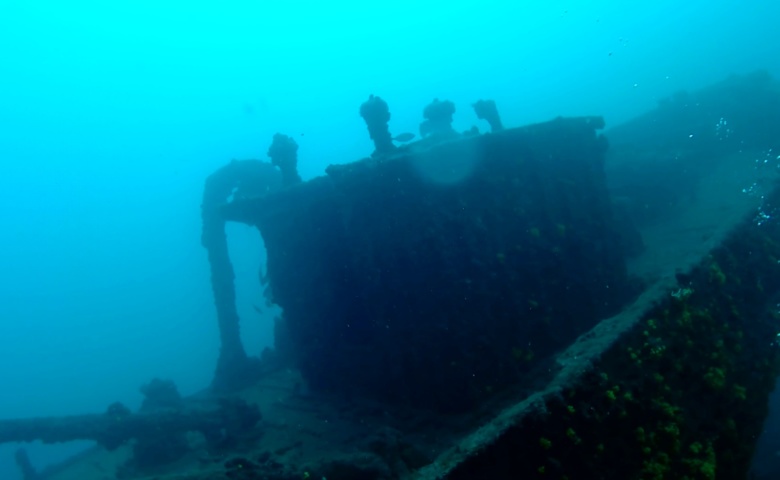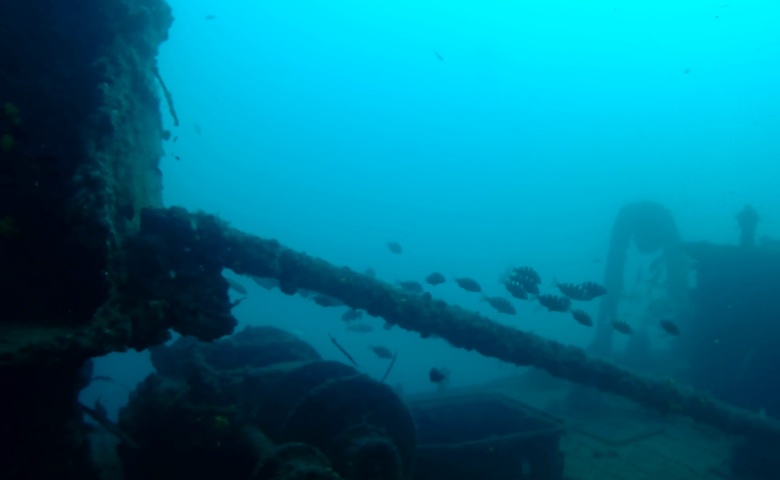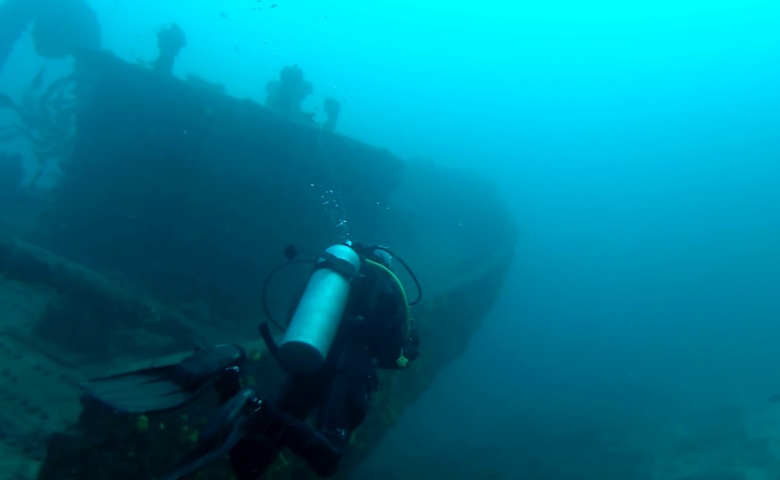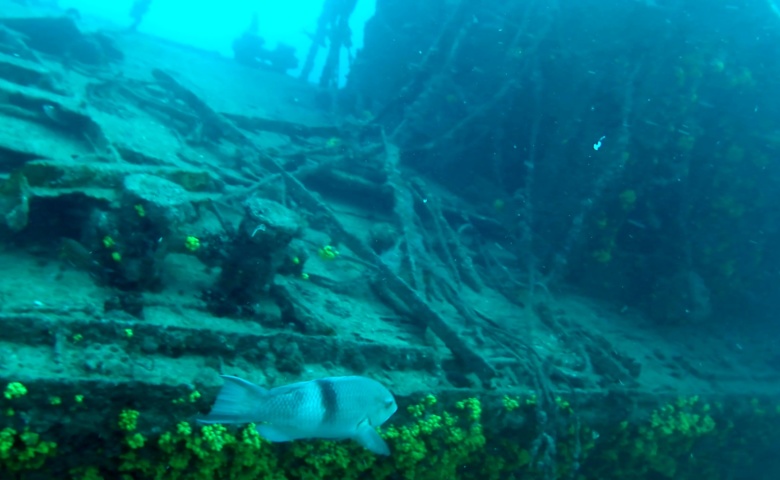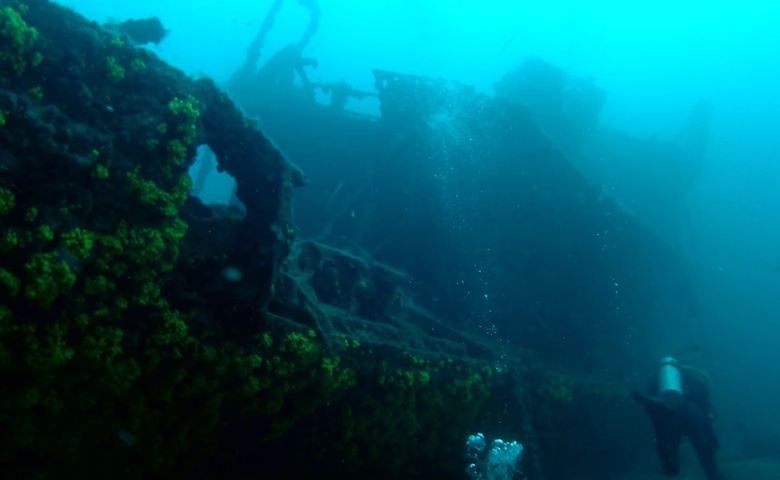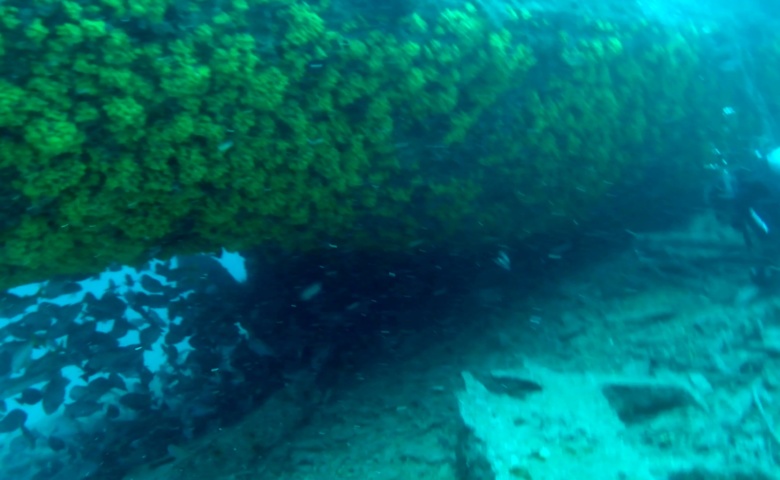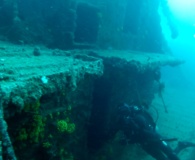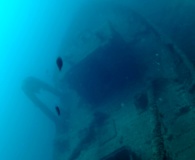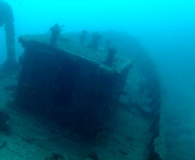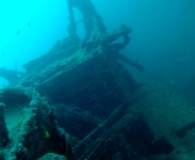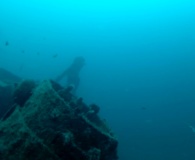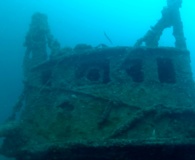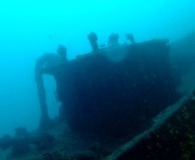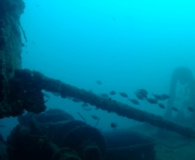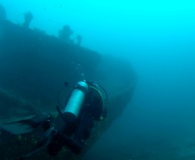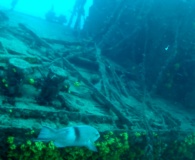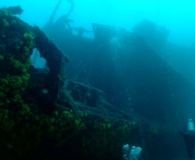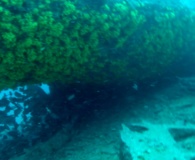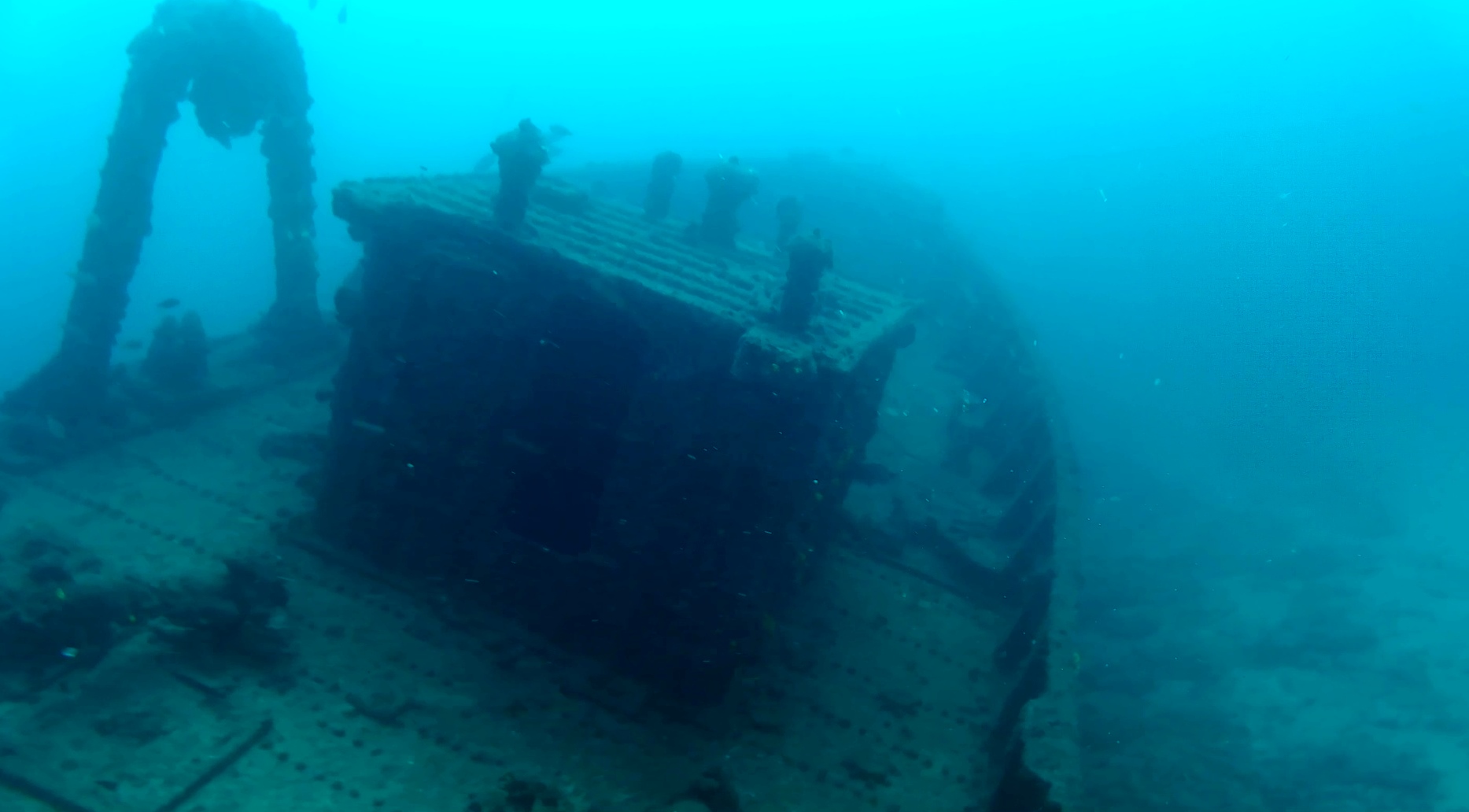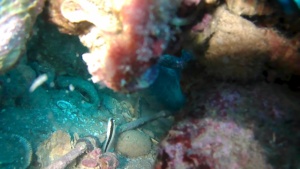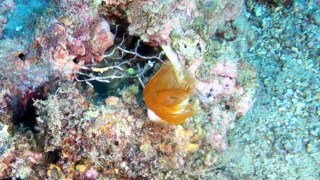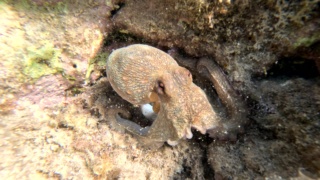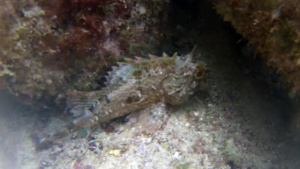Ship wreck “KWARCIT” or “BORIS” Relitto nave Kwarcit Boris
In Cape Verde, on the seabed of the island of Sal, between 18 and 28 meters deep there is the wreck of the ship “KWARCIT” or “BORIS”, built by the Russians in the 70s, for fishing in ocean. The ship, about 50 meters long, was subsequently used for the transport of illegal immigrants from Senegal. During a crossing, due to an engine failure off Cape Verde, was rescued and then seized by the authorities. The authorities of Cape Verde then decided to sink it in 2006 off the island of Sal. Relitto nave Kwarcit Boris
Man’s relationship with the sea has always been very close because the sea has been a source of life with the exploitation of fish resources for its food, for trade with other peoples through transport ships, for the discovery of new lands and their conquest and unfortunately also with wars to resolve conflicts between peoples or nations. This intense activity has always had as a consequence negative effects caused by tragic events and therefore the shipwreck of boats and ships that have become wrecks at the bottom of the sea.
The determining factors that led to the sinking of ships are many; the main ones we can summarize as follows:
- a) adverse weather conditions which the ship was unable to cope with;
- b) collisions with submerged reefs or other ships which have caused hull breakage and the ship has embarked water;
- c) failures and deteriorations due to incorrect construction or age causing the collapse of the hull structure;
- d) the war events that have always existed in human history and are certainly the ones that caused the greatest number of wrecks present in all the seas of the world.
Ships built before the coal and oil era were built of wood and sunken ships never caused damage to the marine environment because wood at sea deteriorates rapidly and, apart from ceramic or metal alloys items such as bronze, nothing remains of the ship. If today we can admire the remains of ancient ships in museums it is because they remained under the sand or the mud of the seabed and this has determined their conservation.The ships of the modern era instead at the time of the sinking cause a considerable marine pollution especially for the fossil fuels necessary for their navigation consequently there is a significant damage to the marine ecosystem, especially in coral reefs, and only in recent years the man committed himself to their recovery and when this was not possible at least to a reclamation, even if always partial, of the wreck. Over time, marine flora and fauna gradually take over the wreck and make it their refuge especially where the seabed has no rocky areas; therefore it becomes useful because it acts as a refuge for many fish species and as a barrier for trawling which, as we know, greatly damages the seabed. Wrecks are also often a reason for attraction for scuba diving enthusiasts around the world. However, these dives can be very dangerous due to entrapments or subsidence of worn parts. Furthermore, many wrecks are found at high depths and therefore sophisticated equipment and rigorous preparation are required.
 English
English Italiano
Italiano
